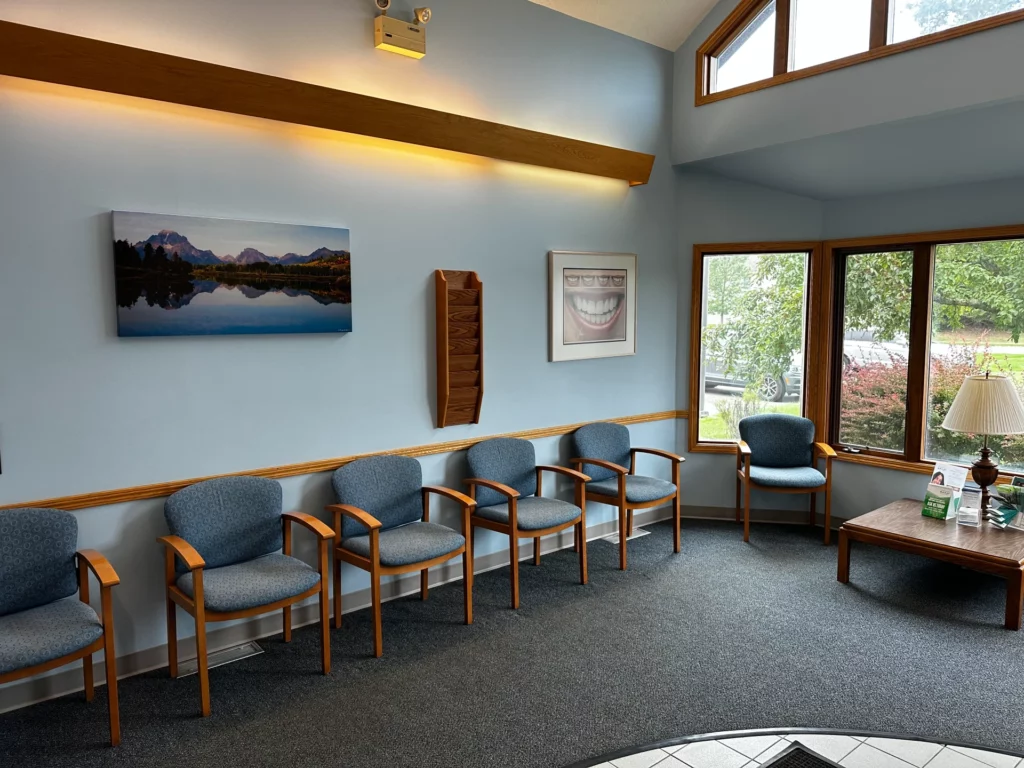Find yourself grinding or clenching? Botox may be the solution for you! TMJ/TMD treatment has had limited treatment options in the past. Botox is a quick and efficient way to relax the muscles associated with TMJ/TMD, grinding, and clenching.
We can also address your cosmetic needs to reverse those fine lines and wrinkles. You can count on us to give you sound advice about Botox and fillers because:
We will help you decide which injections can best achieve your desired results. Call us to explore your options!
TMJ/TMD can have a number of different causes. A few of the most common causes are teeth grinding (bruxism), a malpositioned bite, excessive jaw muscle use (such as chewing gum for multiple hours per day) and inflammatory diseases like arthritis. Each case is different, which is why TMJ/TMD is often considered very difficult to treat.
Botox provides most patients the relief they need while helping to avoid costly surgical procedures.
Botox treatments in a dental office? Yes, you read that right! Botox is a safe and proven solution that helps reverse the fine lines and wrinkles associated with aging. Our staff is professionally trained to administer Botox and loves helping our patients look their best at any age. Ask about a Botox treatment at your next cleaning or book an appointment online today!
While many professionals at spas offer injections, they’re not all trained and certified. The AAFE certifies dentists, doctors, nurses and other professionals who use injectable treatments. We meet the organization’s high educational and professional standards. To see a professional you can rely on, book a visit at Sand Creek Dental.
Botox is a type of protein commonly used to reduce the appearance of wrinkles, fine lines, and other signs of aging, but can also be used for medical purposes, such as treating muscle spasms, migraines, excessive sweating, and much more.
When it comes to dentistry, Botox can be used for both cosmetic and therapeutic purposes.
Cosmetic uses of Botox in dentistry include:
Therapeutic uses of Botox in dentistry include:
It’s important to choose a qualified provider to ensure the safety and effectiveness of your treatment. As such, Botox injections should always be performed by a dentist or dental professional who has received specialized training in the administration of Botox, like Dr. Maya.
The benefits of Botox depend on the intended use and the individual patient, but here are a few:
The onset of Botox’s effects varies depending on the intended use and the individual patient. Here are some general guidelines for how long it takes for Botox to work:
The effects of Botox are temporary, typically lasting 3 to 6 months depending on the individual patient and the intended use. After this time, the effects gradually wear off and the muscle activity and wrinkles may return. Regular maintenance injections may be required to maintain the desired effect.
Botox injections are typically recommended every 3 to 6 months, depending on the individual patient, the area being treated, and your desired results.
If you’re looking for Botox in Chesterton, you have come to the right place! Dr. Maya has gone through extensive training and is certified in administering Botox injections for all types of patients. Give us a call or schedule your appointment online today to see how we can help!
The cost of Botox will vary depending on the location and the amount used, but in general, the cost of a single Botox injection is a few hundred dollars.
In terms of insurance coverage, Botox injections for cosmetic purposes are generally not covered by insurance, as they are considered elective procedures. However, Botox injections for therapeutic purposes, such as for the treatment of TMJ disorder, may be covered by insurance, depending on the specific policy and the medical necessity of the treatment. It’s important to check with your insurance provider to see if Botox injections for TMJ disorder are covered under your policy.
After receiving Botox injections, it’s generally recommended to wait at least 4 hours before lying down, and to avoid rubbing or massaging the treated area for at least 24 hours. This is because lying down or rubbing the treated area too soon after the injections may cause the Botox to spread to unintended areas and affect muscles that were not intended to be treated.
Additionally, avoiding strenuous exercise and alcohol consumption for 24 hours after the injections is also recommended to minimize the risk of adverse effects and maximize the effectiveness of the treatment.
Our patients are our biggest fans. Here are a few highlights from our public reviews.
Monday
8:00AM – 6:00PM
Tuesday
9:00AM – 7:00PM
Wednesday
8:00AM – 2:00PM
Thursday
11:00AM – 7:00PM
Friday
RESERVED
Saturday
CLOSED
Sunday
CLOSED
We are happy to help you book an appointment or answer your questions. Please fill out our contact form and we will get back to you shortly!


